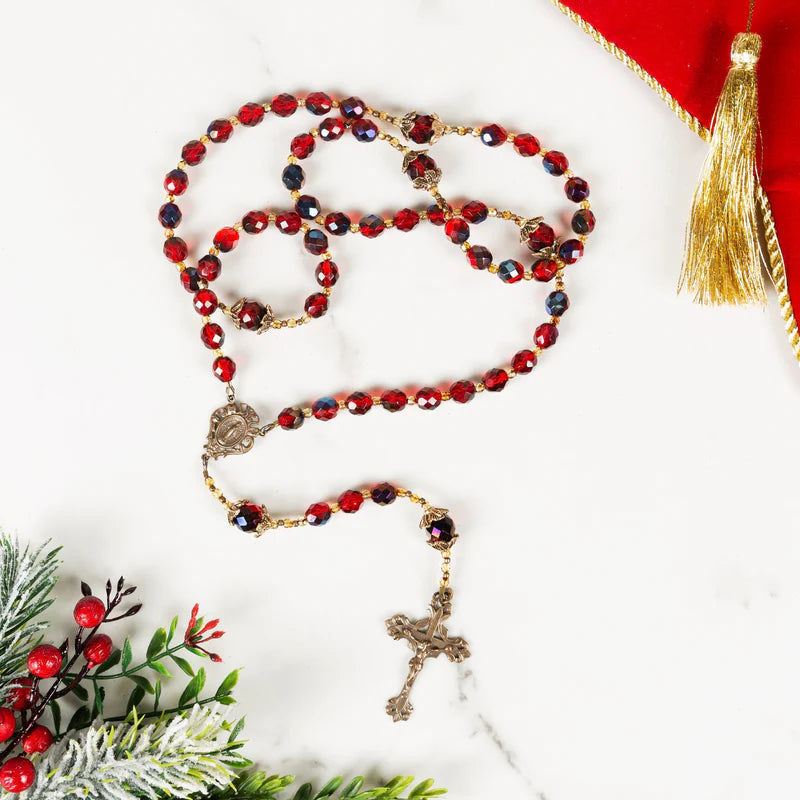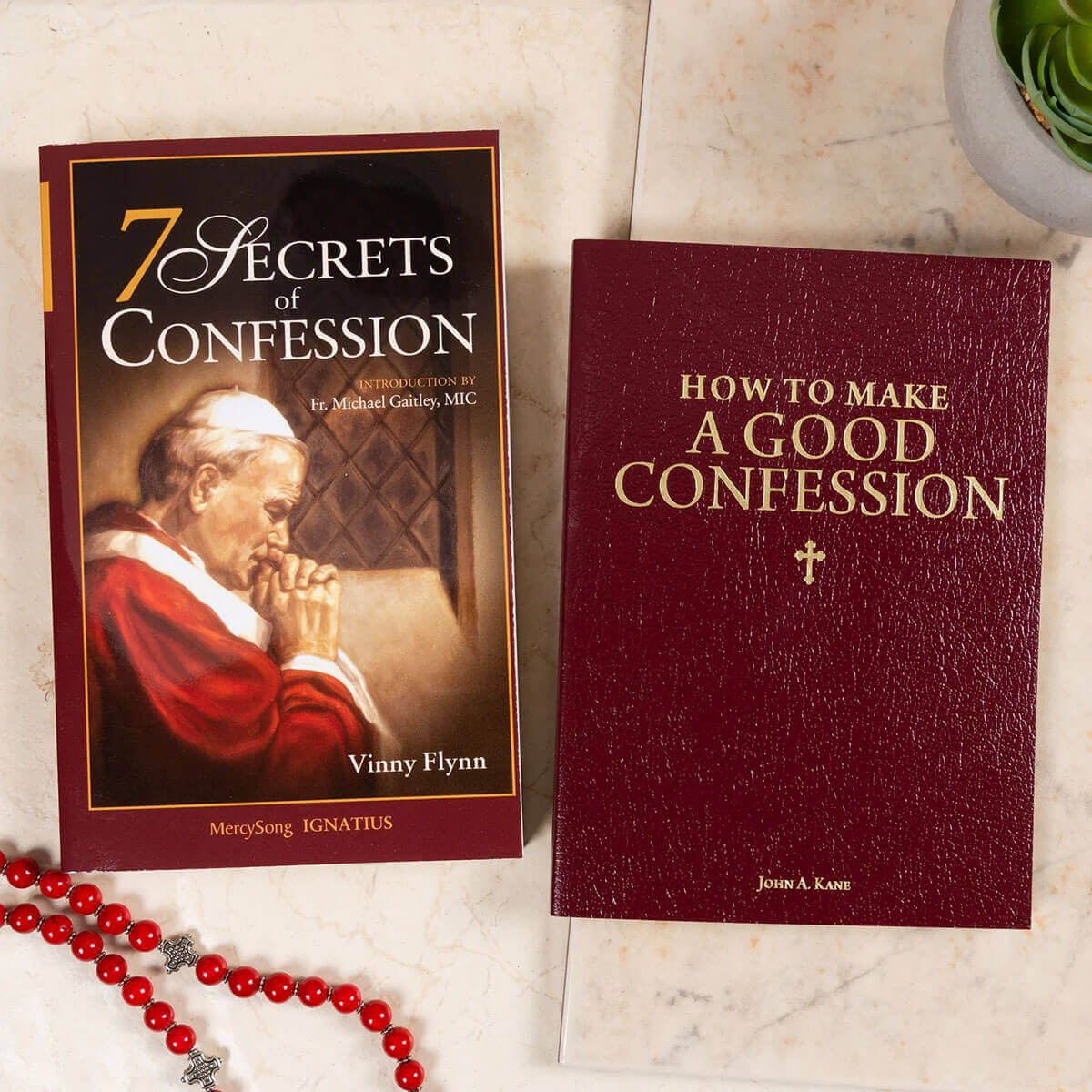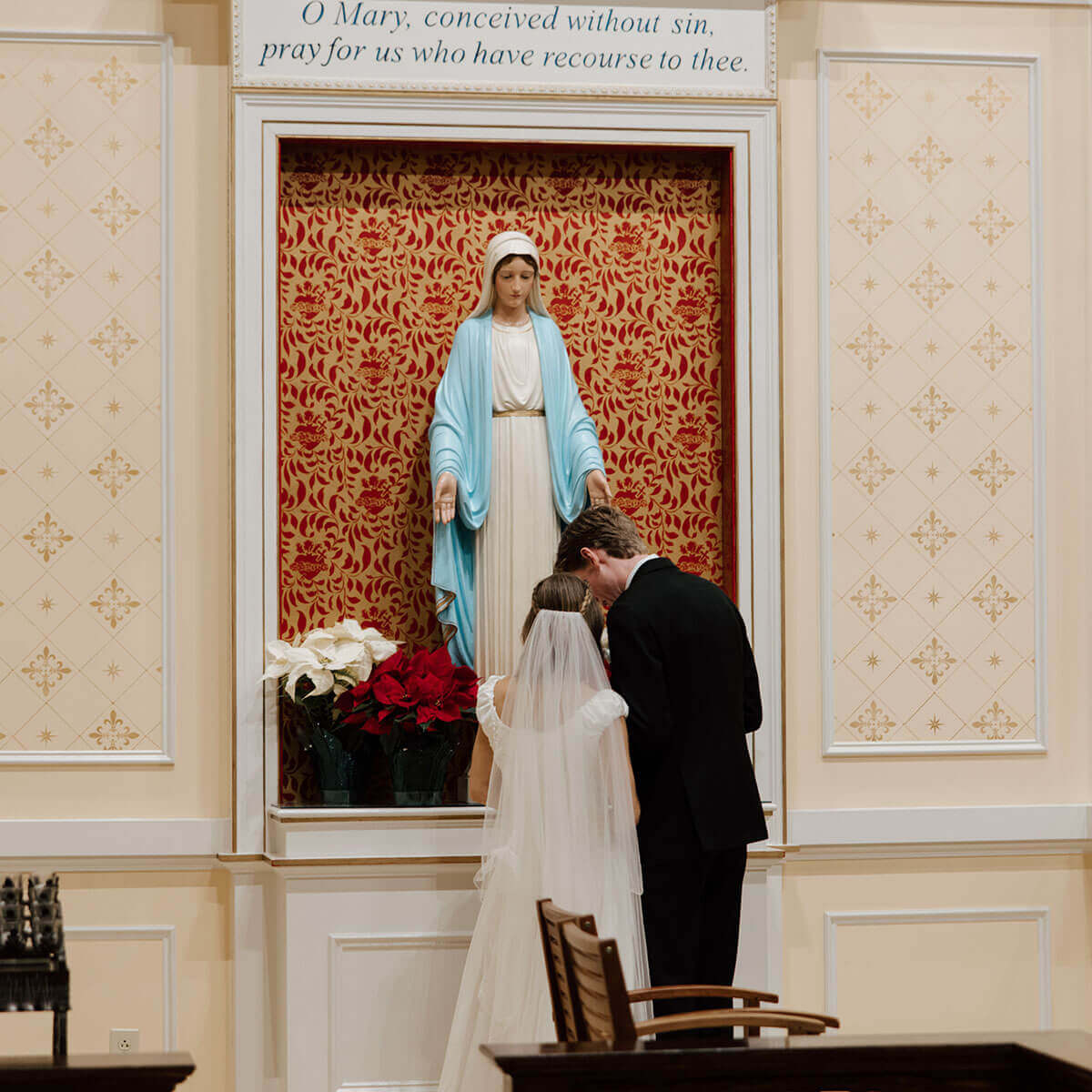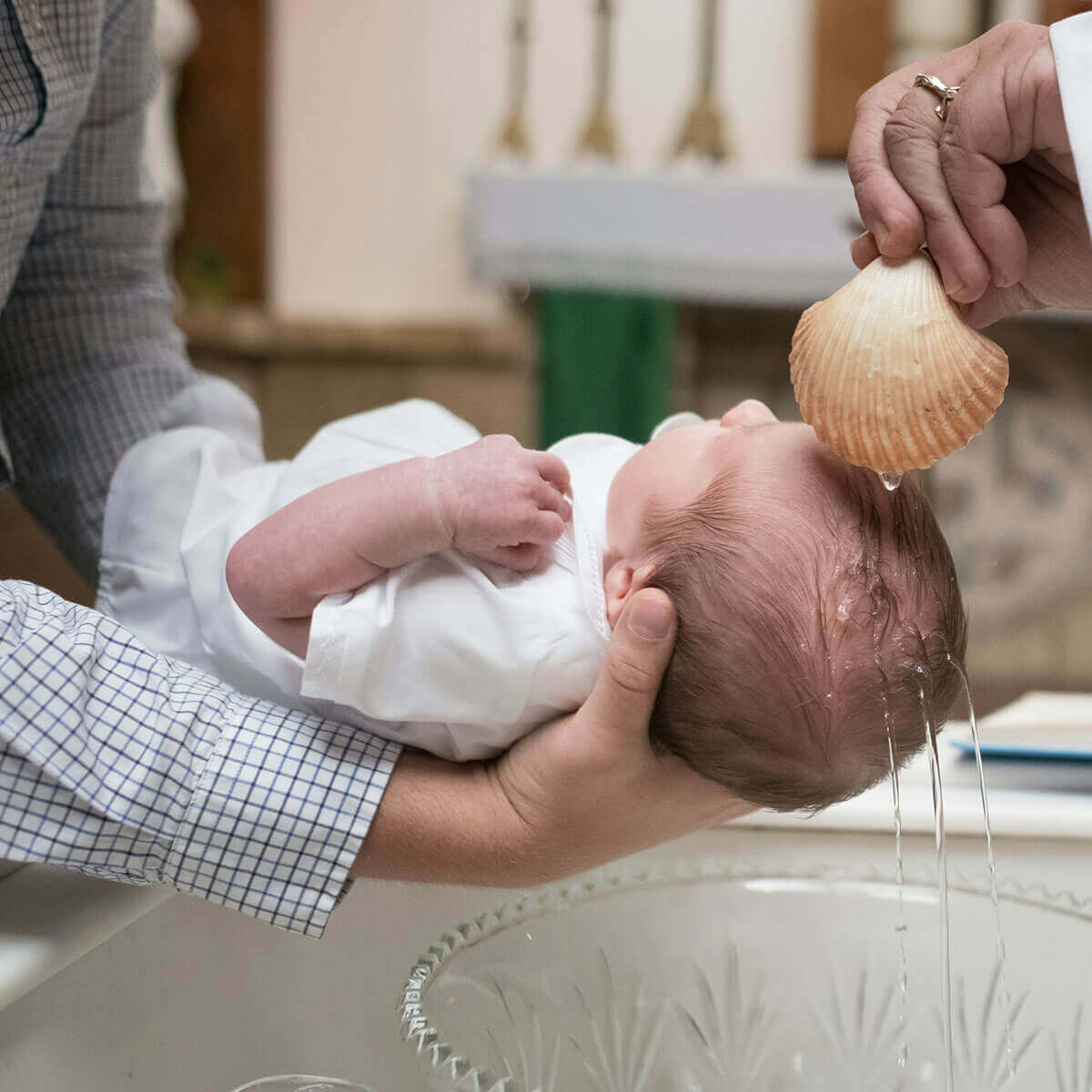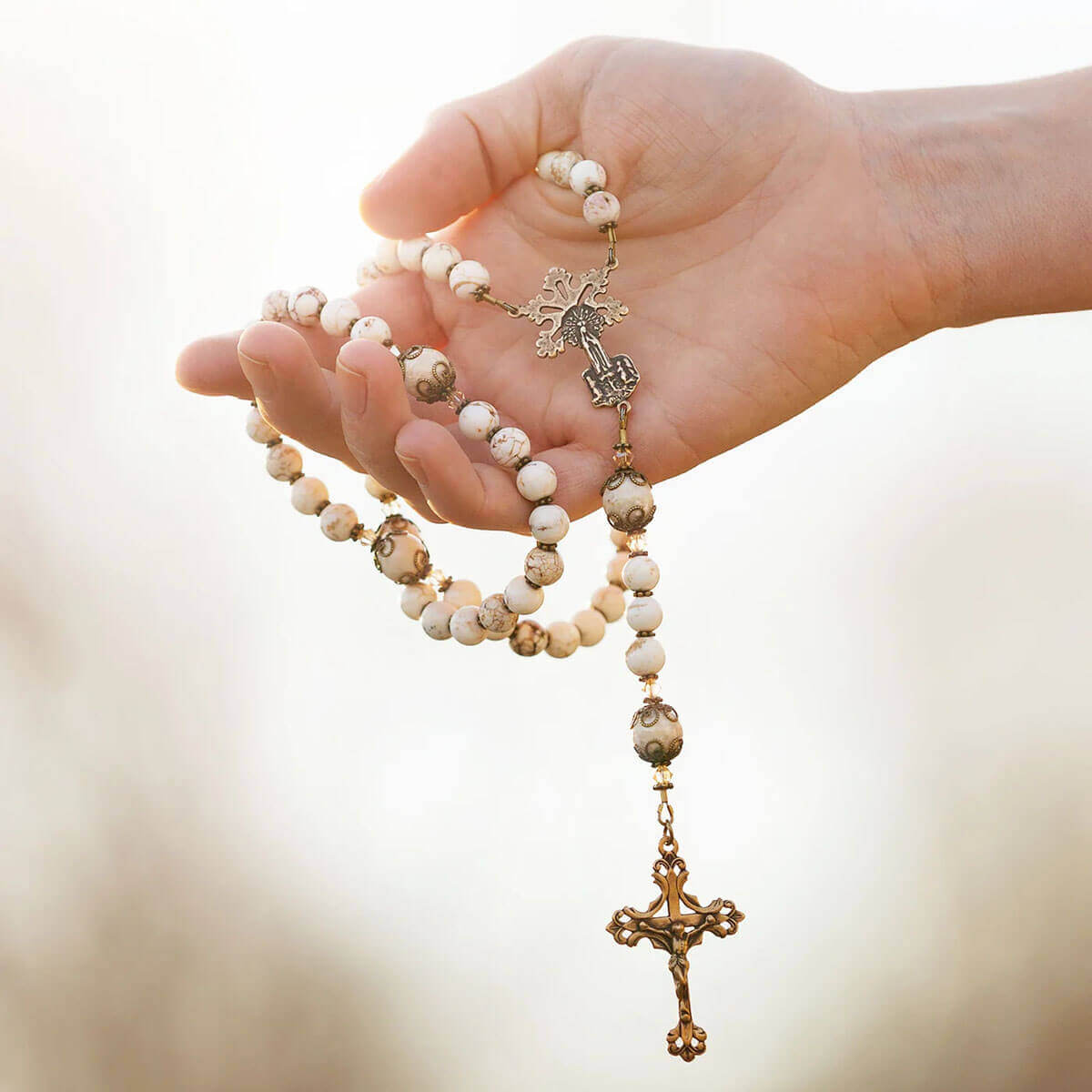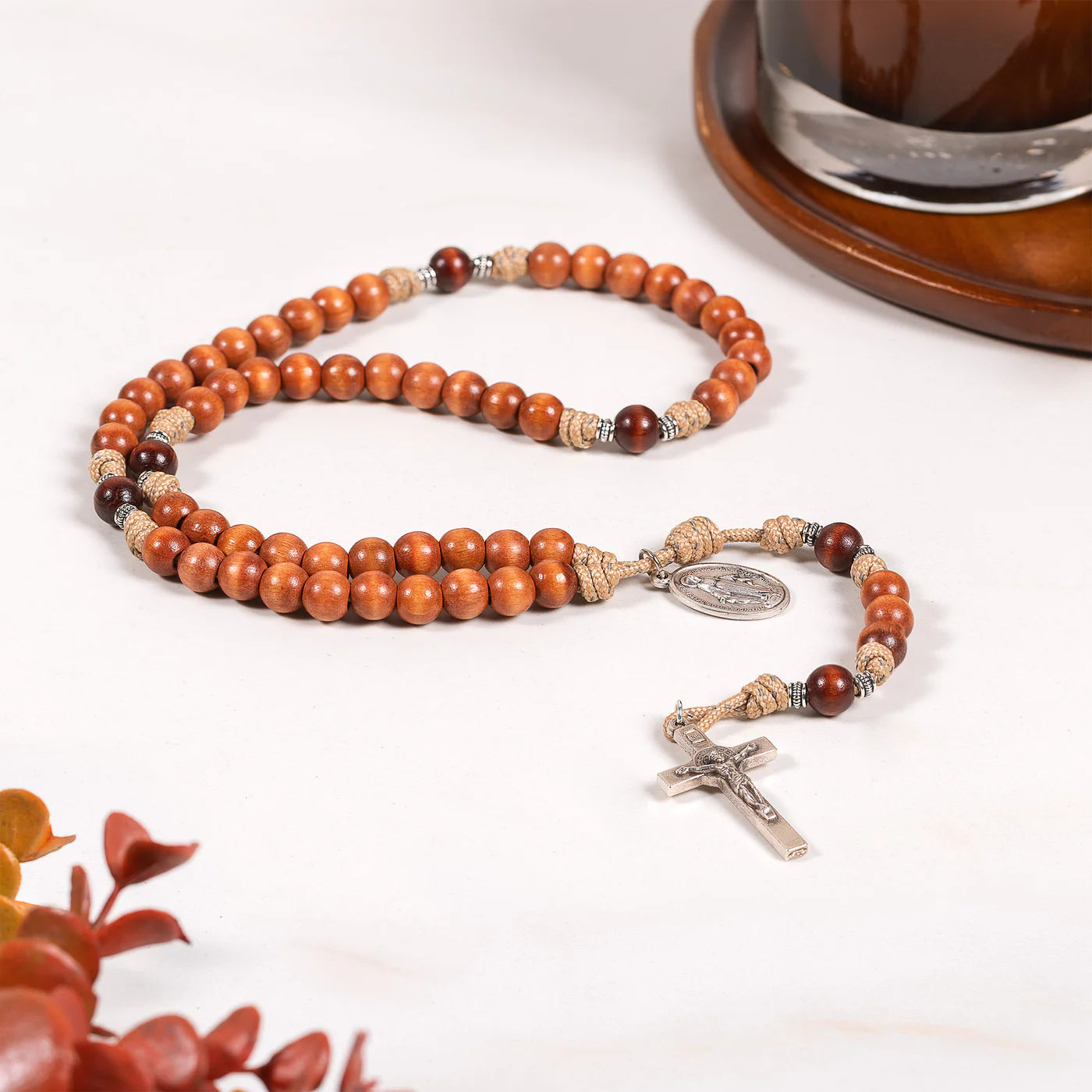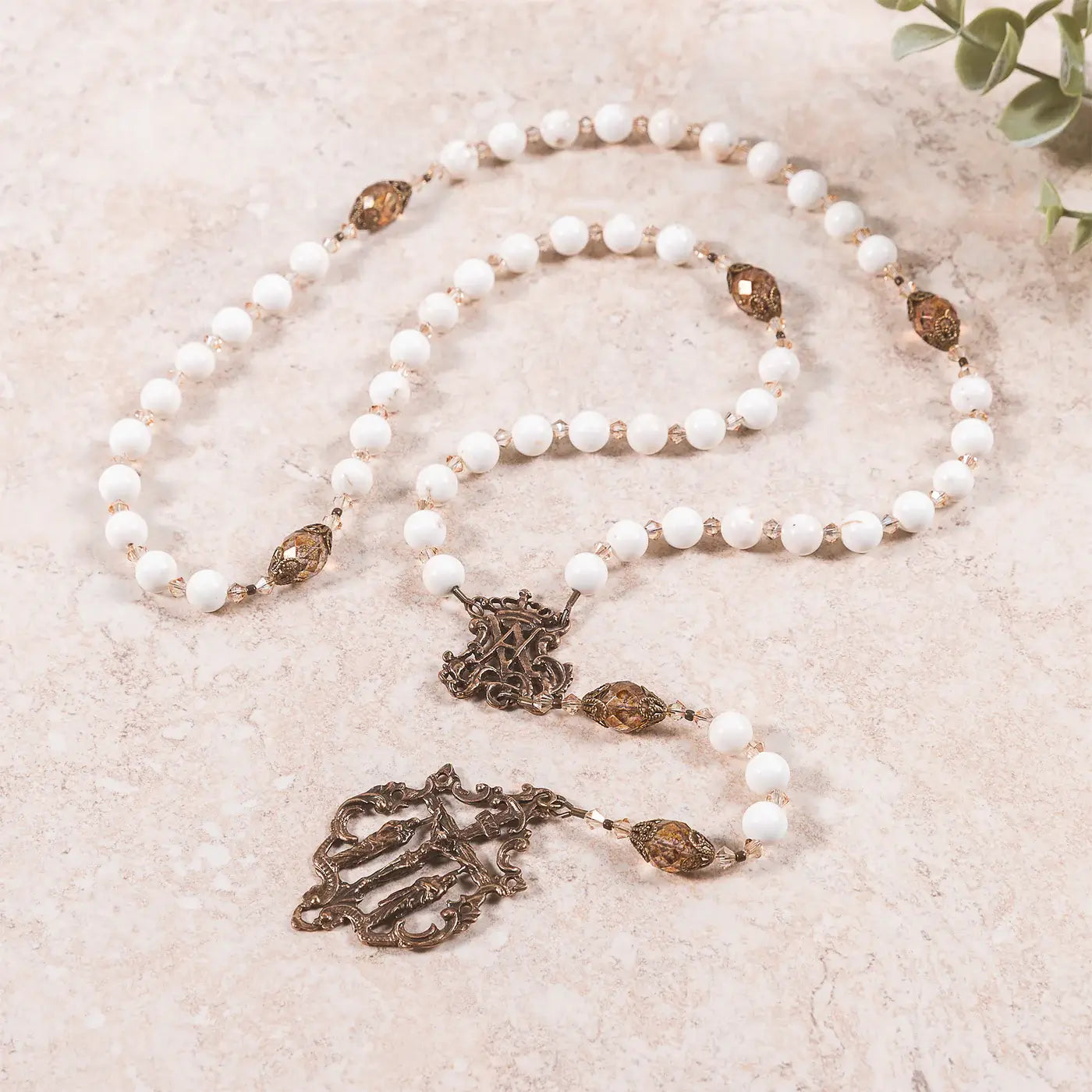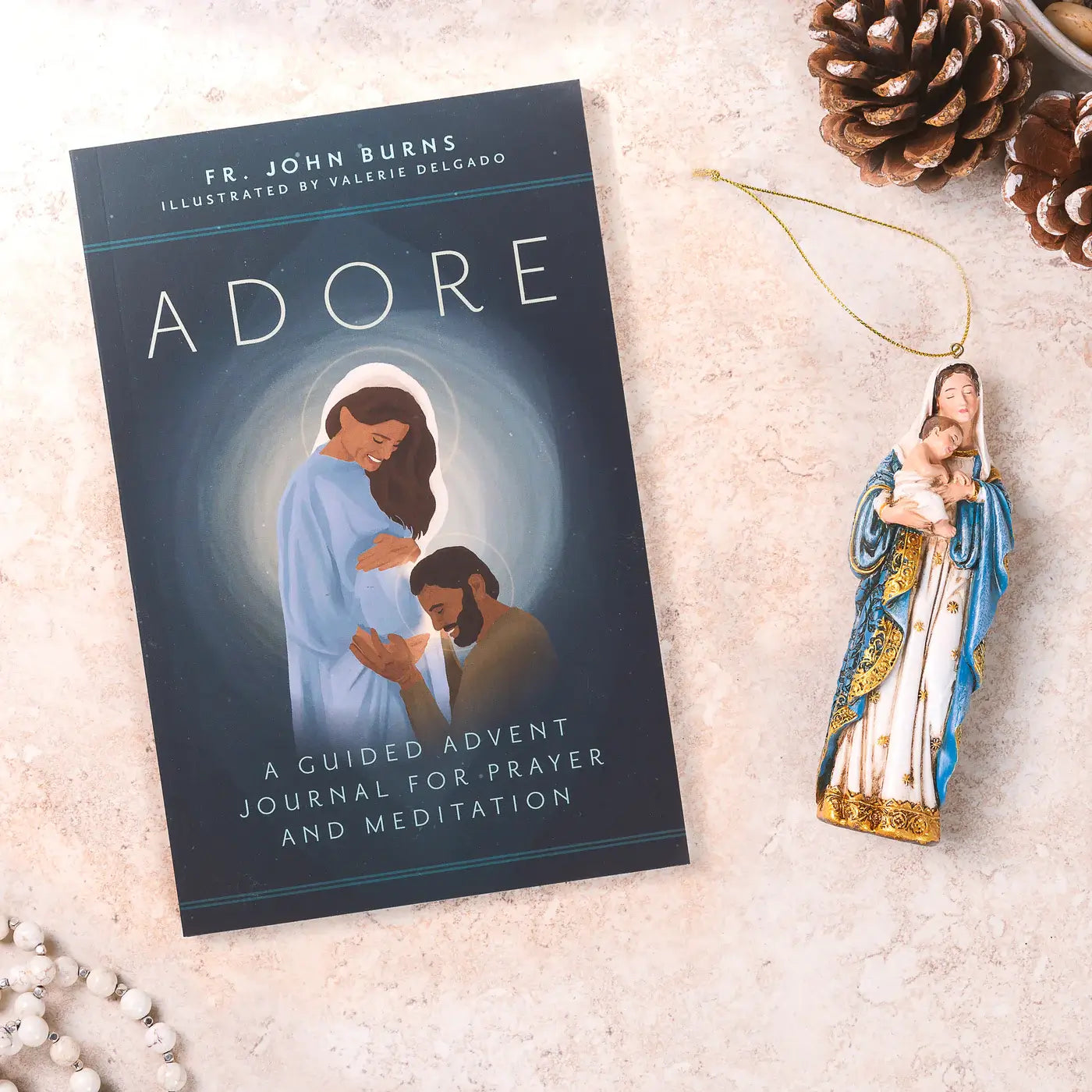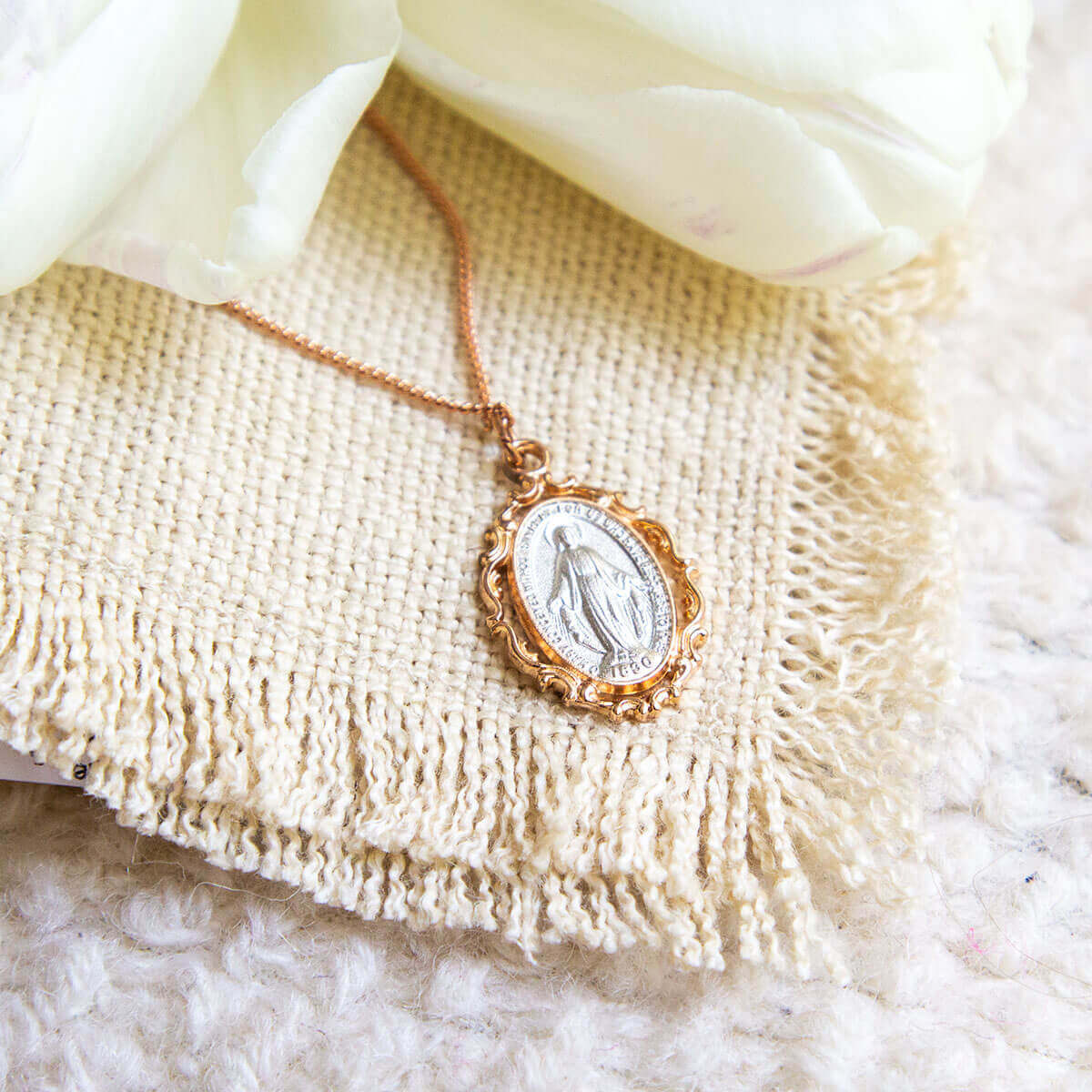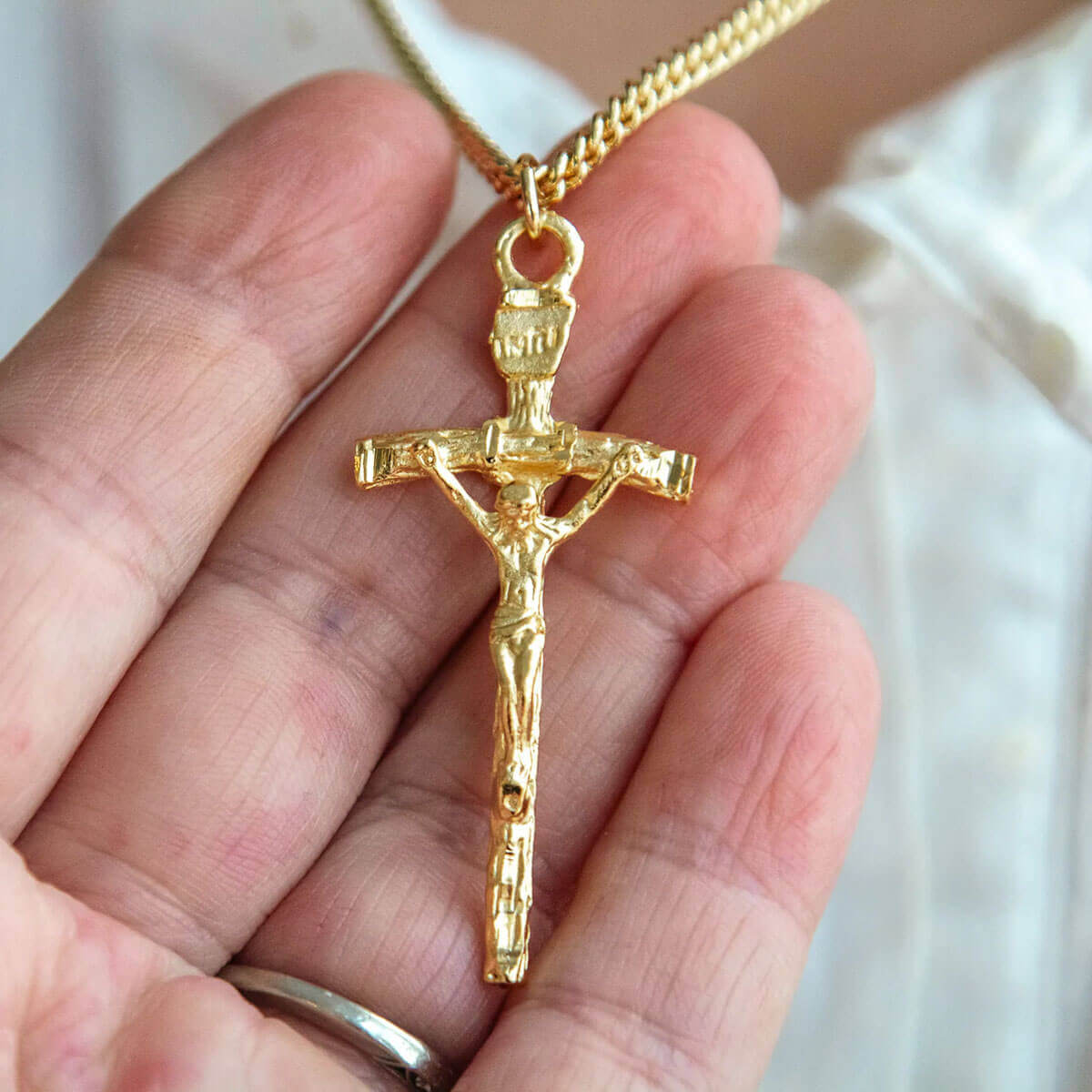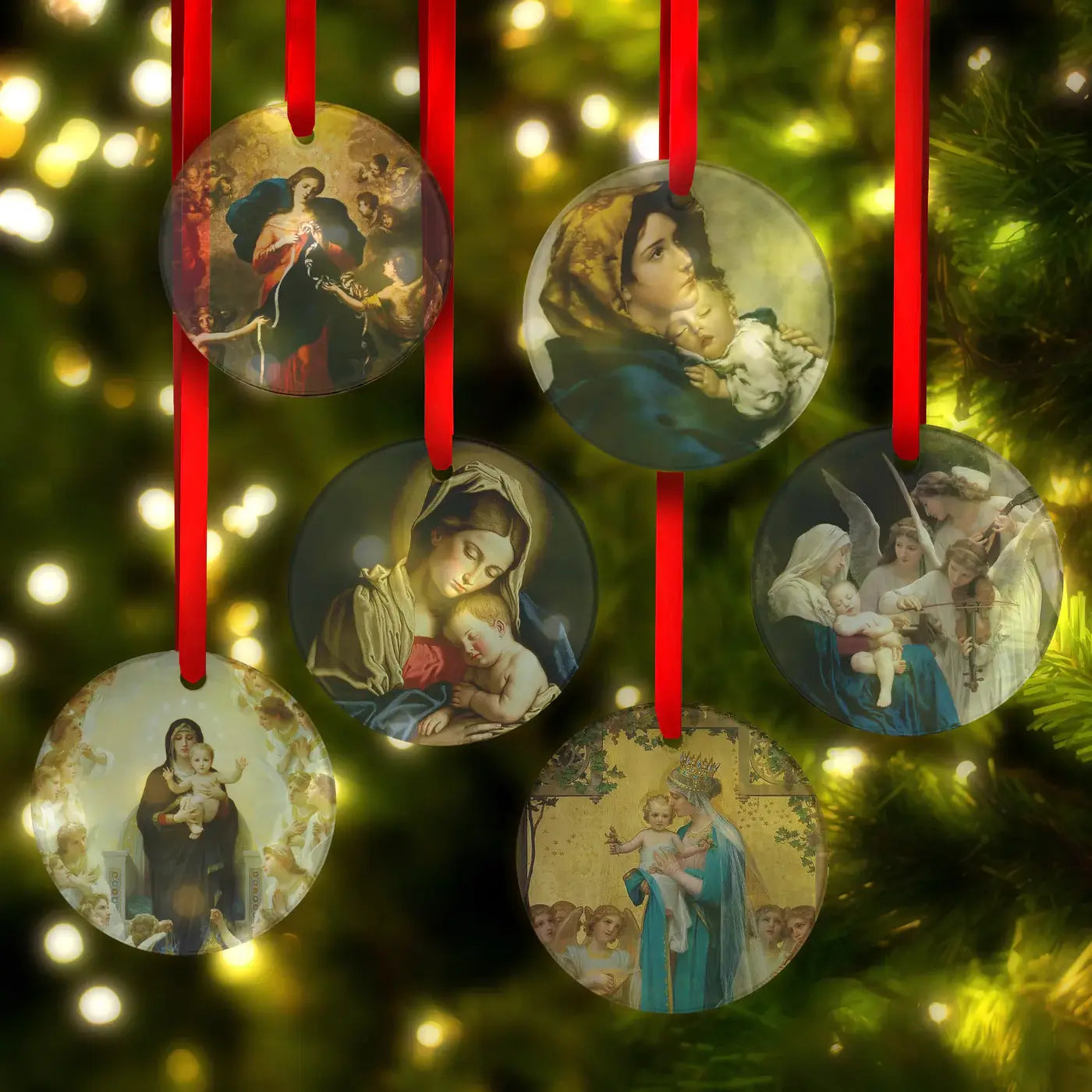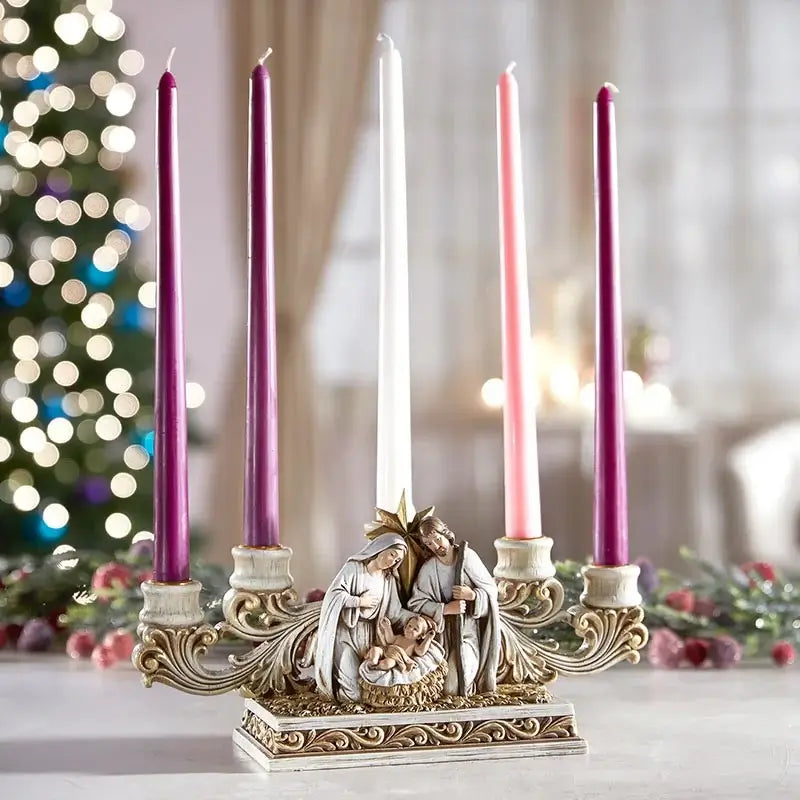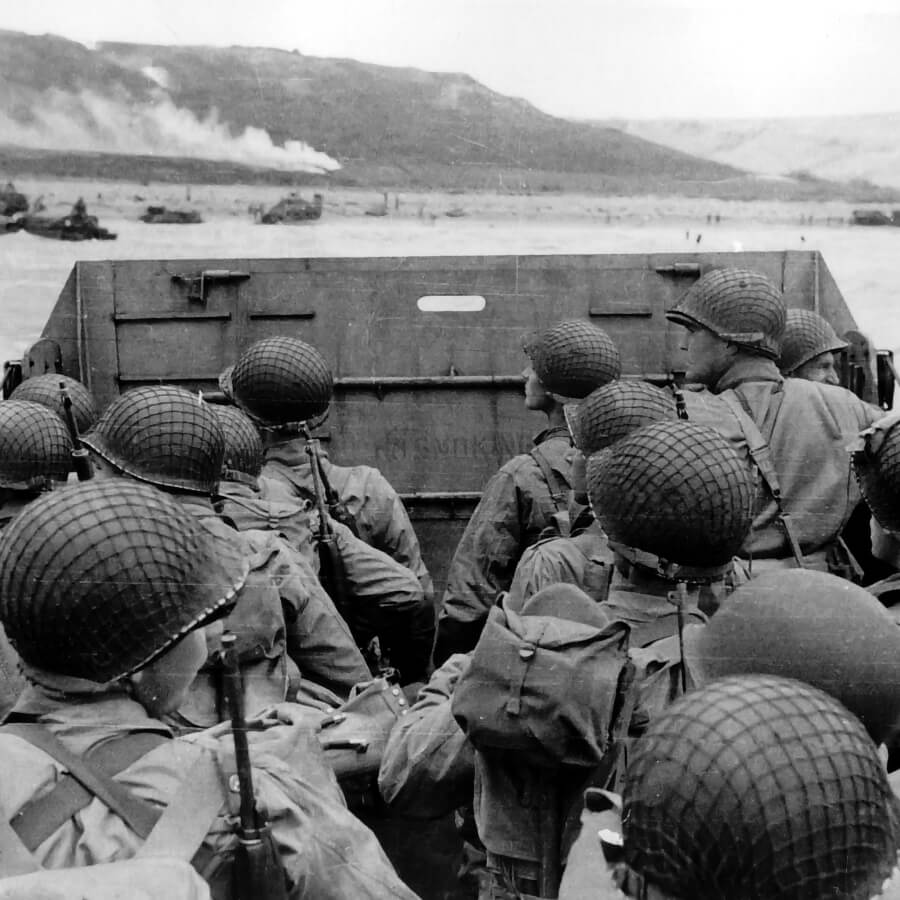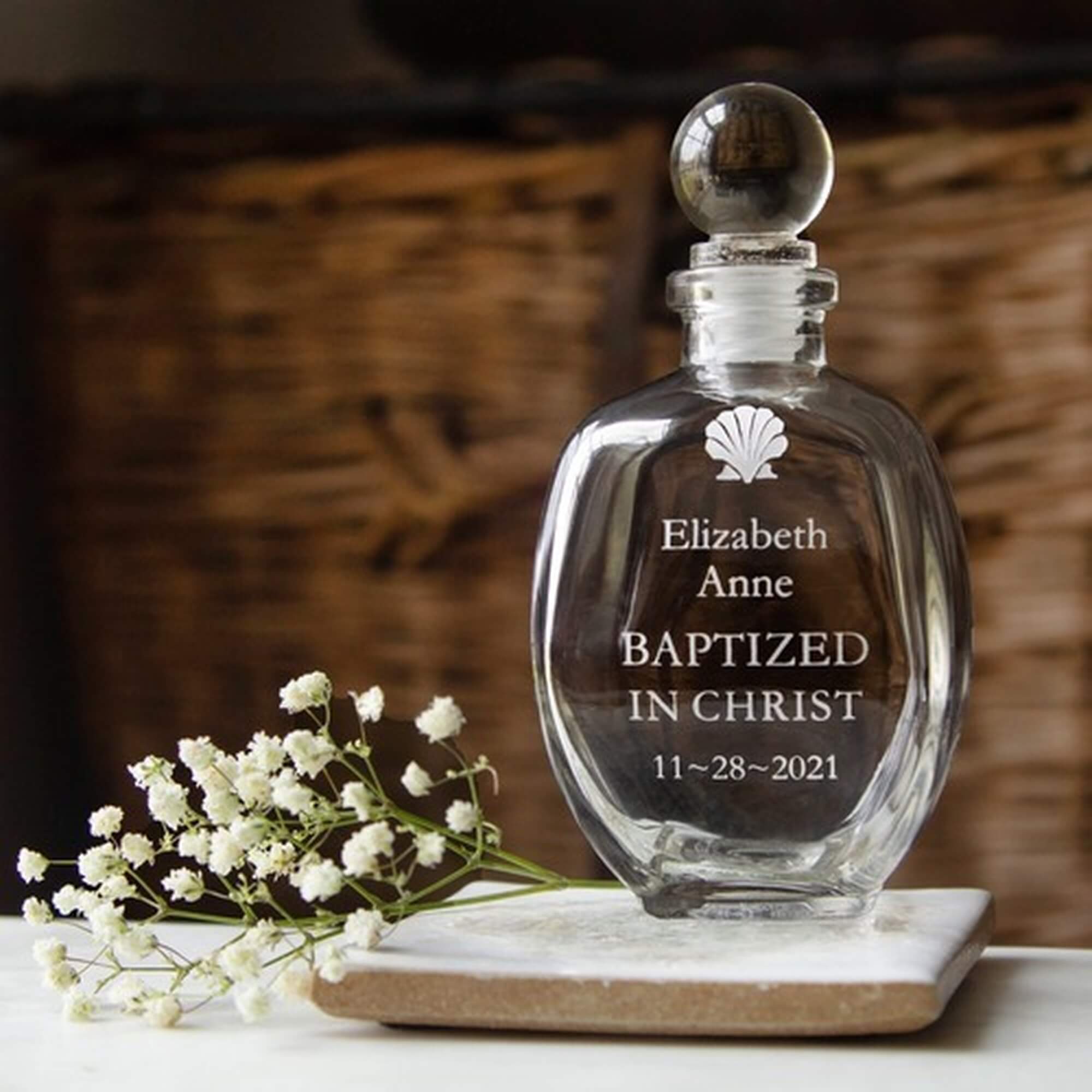Our Lady gives up on no one. No one.
Bartolo Longo was born to devout Catholic parents near Brindisi in southern Italy in 1841. He attended law school during a time when nationalist, anti-papal fervor was gripping Italy, which meant that many of his professors were venomously anti-Catholic and anti-Rome. He joined them in this, and would later write of his particular hatred of the Dominicans, the learned foes of the modern professors with whom he had aligned himself.
About this time he also became involved in occultism and was eventually consecrated a Satanic priest. He railed against the Church, participated in dreadful Satanic rituals, and led many into the evil practices of occultism.
But Bartolo became weighed down with depression, paranoia, and anxiety—and was tormented by the demons he had invited into his life. He was spiritually, mentally, emotionally, and physically shattered.
At last, under the influence of a family friend, Professor Vincenzo Pepe, and a Dominican priest, Friar Alberto Radente, he returned to the Faith. He became a Third Order Dominican and set about doing good works and repairing the harm he had done—including revisiting occultist meeting places and denouncing their practices.
Though he had confessed and was in union with the Church again, Bartolo was still tortured by his past life. He remembered his consecration to Satan and feared that he belonged to him forever. He nearly despaired of his salvation and almost committed suicide. But at that moment he remembered the words of Father Radente, words spoken by Our Lady herself: Whoever propagates devotion to the Rosary will be saved.
From that day forward, Bartolo made that his life’s mission.
Among the many ways he propagated devotion to the Rosary was through the Basilica of Our Lady of the Most Holy Rosary of Pompei. As he was restoring an old church in Pompei, someone gave him an image of Our Lady of the Rosary which proved to be miraculous and drew more pilgrims than the small church could handle. The Bishop of Nola suggested that Bartolo build a bigger one, and the current basilica, still housing the image, now draws four million people a year.
Bartolo died in 1926 and was beatified in 1980 by Pope St. John Paul II, who called him the “Apostle of the Rosary.” Blessed Bartolo is buried in the Cathedral that he built.
Blessed Bartolo’s incredible journey from the depths of Hell to the heights of Heaven is among the many tales of grace found in Champions of the Rosary: the History and Heroes of a Spiritual Weapon. In this book, Fr. Donald Calloway—who also has a stunning conversion story—delves into how Our Lady gave us the Rosary, its enormous influence on historical events, and the stories of its biggest heroes. Get your copy of this fascinating book today!


